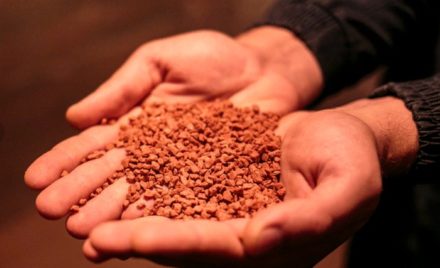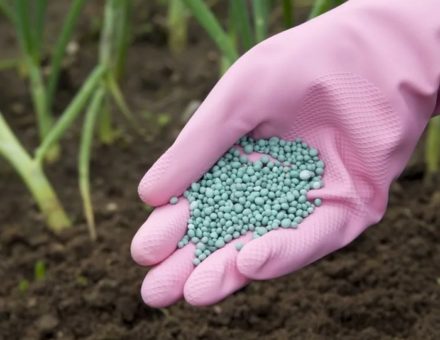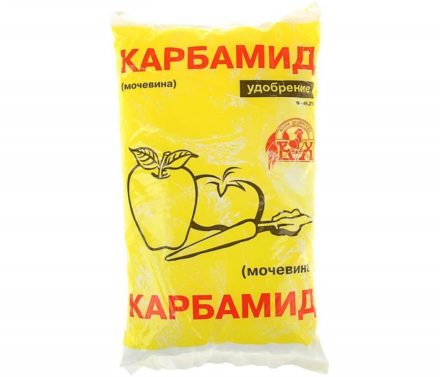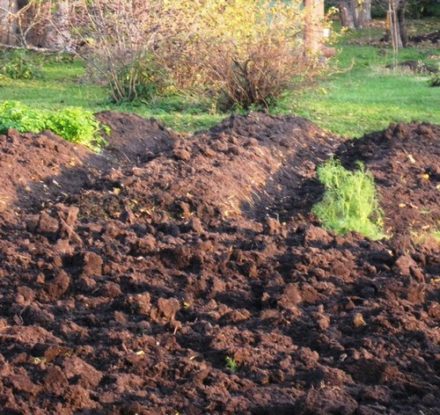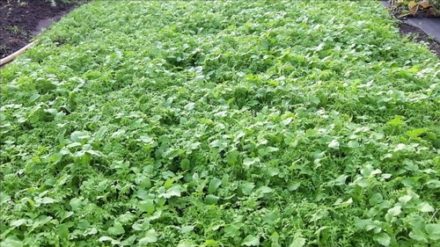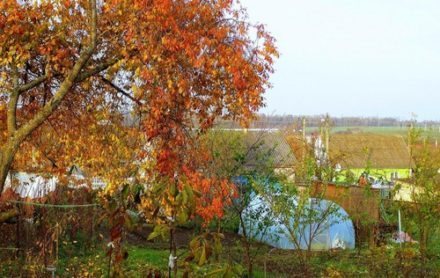Adding nutrients in the fall is an important stage in preparation for winter and the new gardening season. The harvest has been harvested, the beds have been cleared, and the soil has been depleted. Restoring fertility must be approached competently.
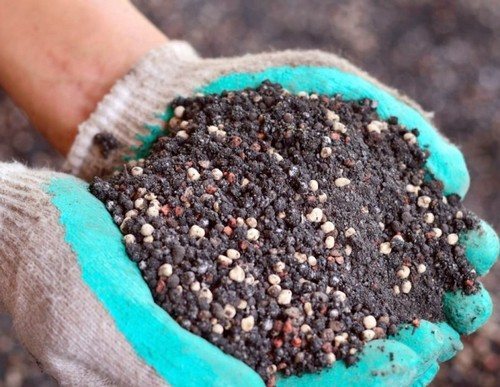
Fertilizer time
The right time for fertilizing is the key to success. It is best to apply fertilizers after harvesting and before the plants become dormant.
The fertilization period depends on the region and occurs at the end of August - beginning of October.
Fertilizer selection
The type of substances applied depends on the composition of the soil on the site and the growing crops.
Phosphorus
Fertilizers containing phosphorus are used on acidic soils. They strengthen the root system, improve plant growth and development, and increase productivity. Vegetable crops, fruit and berry bushes, roses and peonies need phosphorus preparations. Phosphorus-based fertilizing is applied from August to November during digging, and the most famous among them are “Superphosphate”, “Double superphosphate”, “Diammophos” and “Bone meal”.
Potash
Potassium-based fertilizers are used in areas with neutral and alkaline soil. They promote the formation of buds and ovaries, improve the taste of fruits, and increase resistance to diseases and pests. Potassium fertilizers are used when growing carrots, beets and potatoes. Among the top dressings, gardeners highlight “Potassium nitrate,” “Kalimag,” and “Potassium sulfate.”
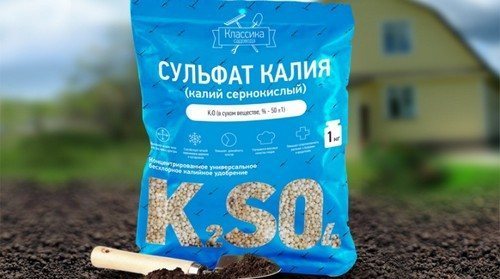
Nitrogen
Experienced gardeners do not recommend using nitrogen-based mineral fertilizers in the autumn. This is due to rapid decomposition and leaching of the substance from the soil. Fresh manure is a good replacement for store-bought fertilizers. It retains nitrogen well, and it gradually enters the soil.
Soil preparation
Preparing the soil for the application of nutrients is simple and consists of the following steps:
- beds with annual plants are cleared of planting, and perennials are harvested;
- weeds can take up nutrients, so they are removed and sent to compost;
- If necessary, the upper layers of the soil are dug up and well shed with water.
Fertilizer application
To restore the fertile layer of the soil, it is recommended to use digging. When applying fertilizers to small areas, it is recommended to loosen the soil to a depth of 15–20 cm, and then distribute the substances evenly. In large areas, fertilizers are first applied and then the soil is plowed to a depth of 20–25 cm.
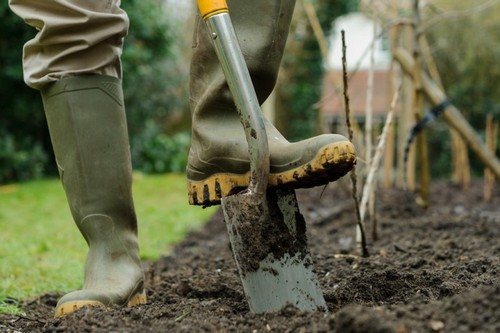
Correctly and timely applied fertilizers help restore soil fertility and get a bountiful harvest in the new season.


